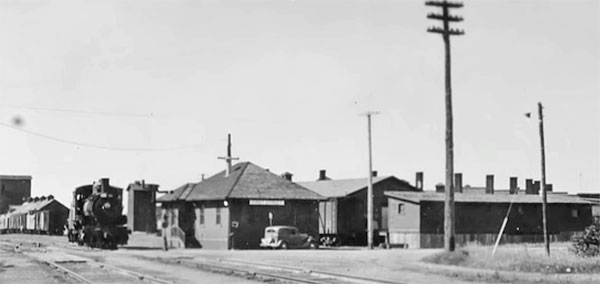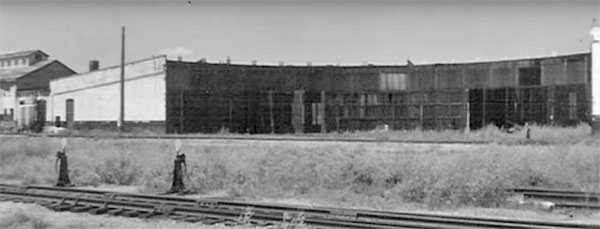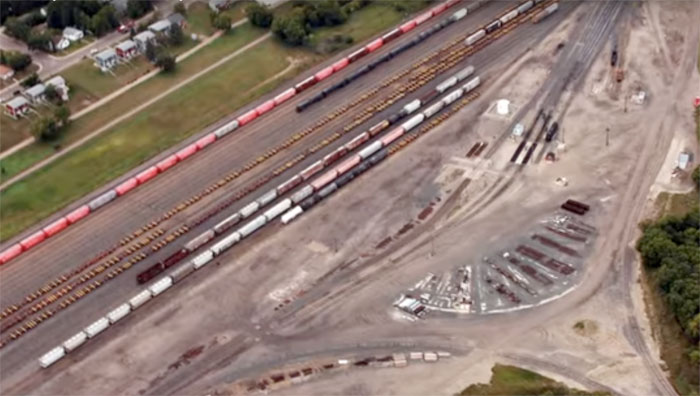Chapter
5: Working on the Railroad

The entire
operation; scheduling, organizing and maintaining the trains; dealing
with passengers and freight, was very labour-intensive. The largest
employer in many towns was the railway. Good wages for hard work was
the norm, but the trade off was being away from family for days at a
time.
Maintenance men
known as "wipers", "steam mechanics", firemen, engineers, radio
operators, stationmen, conductors , and brakemen all played a role in
keeping the trains on-time.
And time was
paramount. Each railroader couldn't work until he acquired a
railroader’s watch...Not just any watch.
Watches had to be
checked by the station watchman. You couldn't board the train without
it. The watches have become heirlooms passed on to their children, one
of the last relics of train days no one has the heart to
scrap!
Just keeping the
engines running on time required mountains of coal – shoveled by hand.
A fireman, as that lucky person was called, would throw a tonne of coal
for every 50 miles, and the average speed was 50 mph.
Water for the
boiler was required every 50 miles and was usually provided from water
towers.
Wireless radio
was not available on the moving trains, but railroaders are inventive
people. They had practical ways to pass messages from stationmen to
moving trains.
The station
operator attached notes to large hoops. The engineer or fireman on the
train would extend his arm out to hook the hoop on his arm to retrieve
the message, dropping the hoop along the way.
"It often stung a
bit when the engine was going too fast"
The stations
along the track had land lines so messages like the delays or hazards
up the rail could be called in.
The “Yard”
Only a fraction
of railway work took place on the track. Each divisional point like
Brandon had extensive facilities for maintenance, for routing trains,
for re-fueling with water towers & coal docks.
Brandon had three
main yards. The CPR was located along Pacific Avenue west of the 1st
St. Bridge. The CNR was along McTavish Avenue between 1st & 6th
street. Both are still railway properties today.
The Great
Northern had a three stall roundhouse and maintenance facilities along
Pacific Ave at 26th St. prior to 1936.

CN
facilities, McTavish Ave. near 1st St.

CP
Roundhouse

CP
Roundhouse site.

East from 1st. St. Bridge

West from
1st. St. Bridge.
The Brandon CPR
Yard is built like a shallow bowl so that a railcar could be released
at one end and would simply slowly roll to the centre. The grade out of
Brandon yard is only 2% but that is a challenge when you’re pulling a
full load of cars and they often needing the use of the “yard slug to
help the train climb the grade and get up to full steam.
They
also would
use a yard pusher to help them move the freight passenger and box cars
into line. There were all kind of signals and terms used to simplify
the work.
White paint on
driver wheels on CPR trains usually meant that the train was used for
passenger traffic. A white flag on a train indicated a "yard slug" or a
pusher. Manually operated sephomores were used to tell engineers to
slow down or stop
|
|


